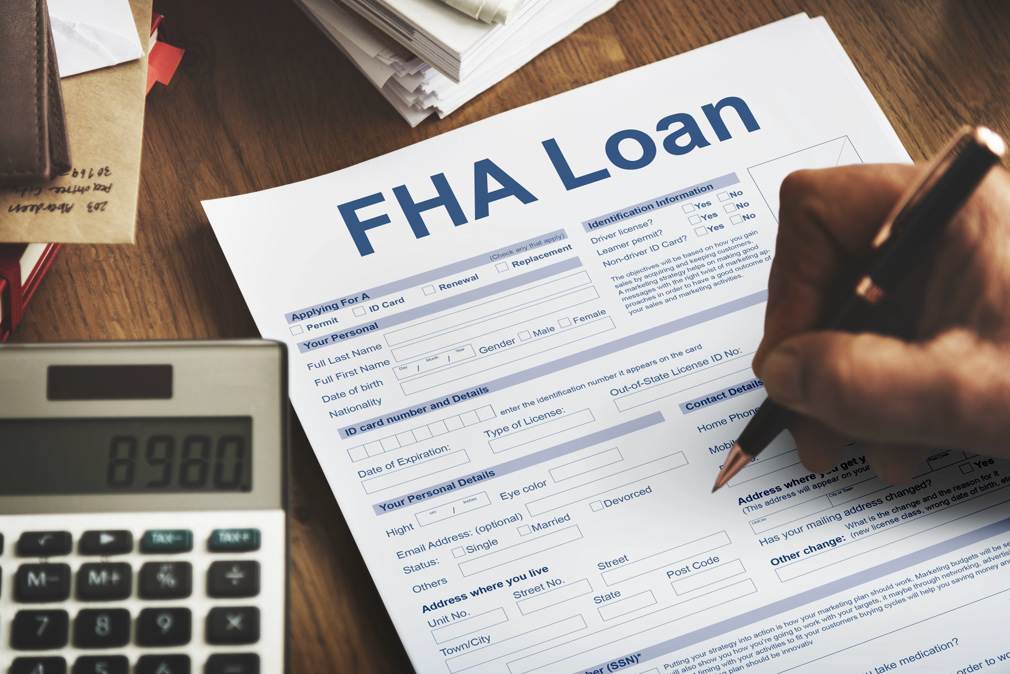Some of the largest mortgage servicers in the country are providing borrowers with “confusing and, at times, seemingly contradictory” information about forbearance, a federal watchdog said.
Some servicers of loans backed by the Federal Housing Administration were giving information about forbearance that is “incomplete, inconsistent, dated, and unclear,” the Department of Housing and Urban Development’s Office of the Inspector General said in a report Monday, without citing the names of the companies.
HUD-OIG said it reviewed the websites of the top 30 FHA servicers on April 17, 2020, more than three weeks after the CARES Act was signed into law. These servicers’ portfolios account for 90.5% of all FHA loans.
The CARES Act stipulates that a borrower whose mortgage is backed by either the government or the GSEs who is experiencing a COVID-19-related hardship can request and must be granted forbearance of up to 180 days, which then may be extended by an additional 180 days if necessary.
But that information was not clearly marked and readily available on all of the websites, HUD-OIG stated.
“Some servicers’ websites acknowledged that information about options for borrowers is confusing and, at times, seemingly contradictory,” HUD-OIG stated in the report.
“Additionally, some servicers’ websites noted that contacts with servicers would likely be difficult and delayed, whether by telephone, mail, email, or the website, due to the volumes of contacts servicers are receiving,” the report said. “As such, complete, consistent, current, and clear information on servicers’ websites is all the more valuable.”
Ten of the servicers did not have information about forbearance “readily available” on their websites, the report said.
Several of the servicers required borrowers to log in to their account to see any information about forbearance, while one servicer made no mention forbearance as an option, and instead listed a variety of other options – such as refinancing or a short sale – as available options, HUD-OIG stated.
There were also significant differences in the messaging surrounding how long a borrower’s forbearance period could last, the report said.
Only four of the 30 servicers indicated that borrowers were eligible for 180 days of forbearance, with just two of those indicating that borrowers could extend forbearance by an additional 180 days, which are the terms dictated by the CARES Act, the report said.
Some servicers listed the initial forbearance period as six months, which HUD-OIG notes is not the same exact thing as 180 days.
Meanwhile, six servicers listed 90 days as the initial forbearance period, and four additional servicers listed three months as the initial period.
Seven of those ten servicers did not provide any information about forbearance extension beyond the initial period, according to the report.
Additionally, some of the information on servicers’ websites was out of date and had not been updated since the adoption of the CARES Act, it said.
Another issue spotted on several companies’ websites was the supposed requirement that borrowers would have to pay back all of their missed payments at once, which is not the case.
From the HUD-OIG report:
Some servicers offered “real world” examples of what would happen during and after a forbearance period. An example may state “Bob opts for a forbearance period of 90 days. His normal mortgage payment is $1,000 a month. At the end of those 90 days, Bill would owe $4,000 for the three mortgage payments he missed and for the current month.” Other servicers’ websites said things along the lines of “you may need to pay any missed payments at the end of the forbearance period,” “any unpaid payments will become due at the end of the forbearance period,” or “you will have to pay all payments postponed during the forbearance period in one lump sum at the end of that period.”
Borrowers are not required to pay back their missed payments in full, the OIG report noted. Rather, servicers are required to offer borrowers a “COVID-19 Standalone Partial Claim,” which gives borrowers an interest-free subordinate mortgage that they do not have to pay off until their first mortgage is paid off.
“Lack of clear and consistent guidance from FHA servicers and enforcement by FHA of that guidance allows servicers to leave struggling homeowners unable to make informed decisions about paying their mortgages and relief that may be available to them during this pandemic,” HUD-OIG stated.
And given its findings, the watchdog stated it “plans to initiate additional work related to forbearance offered by FHA servicers under the CARES Act.”







